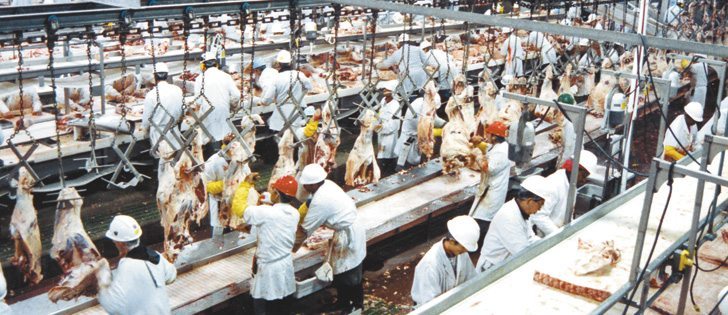Can a six-month review of business risk management programs ordered by federal and provincial ministers July 10 come up with ideas on how to improve the margin-based AgriStability program?
Industry leaders said last week that has to be the focus.
“The margin approach simply isn’t working for large areas of the industry,” Canadian Federation of Agriculture vice-president Ron Bonnett said July 14.
“Many sectors in the middle of long declines essentially do not have historic margins that will trigger significant payments now.”
Read Also

U.S. government investigates high input costs
The USDA and DOJ are investigating high input costs, but nothing is happening in Canada.
He said ministers and their officials must find an additional program to help sectors facing large losses that aren’t covered by existing programs.
At the end of the ministers’ meeting July 10 in Niagara-on-the-Lake, Ontario agriculture minister Leona Dombrowsky said the six-month review of business risk management programs, to be delivered to ministers in early 2010, was necessary because current programming is not delivering needed funds.
“I think there is a general consensus that we have heard from our stakeholders that AgriStability was not doing for them what it needed to do,” she said.
“We have made a commitment that over the next six months, we’re going to be looking at some recommendations on how this can be improved.”
Be patient
AgriStability inherited from its predecessor program the reference margin-based system that has producers compare current program year margins (eligible receipts minus eligible costs with changes in inventory values taken into account) against average margins during the past five years with the highest and lowest years dropped.
Federal agriculture minister Gerry Ritz insists that the new system is better than the old and has not yet been given a chance.
Dombrowsky said that is not what she has been hearing from producers.
“All of us agree that we want a tool that is going to work for the people it is intended to work for.”
In Manitoba, Brandon-area farmer Murray Downing says if that is the goal, governments must find a way to increase those historic margins.
The farm activist, former Liberal candidate and safety net advocate has been complaining for years that the federal-provincial decision in 2006 to convert historic margins to accrual accounting from cash destroyed the system, reducing margins and making the program all but worthless.
His solution is to inject cost-of-production calculations into the margin calculation.
“If it is meant to be a farm support program, then those margins must show profit if they are to be the basis of supporting farm income now,” he said in a July 15 interview.
Downing, for whom flaws in the margin program have become something of an obsession, has produced charts that show converting historic calculations to the same accrual basis as current year calculations reduced the 2007 margin in his model farm to minus $6,634 under accrual from $97,898 under a cash calculation.
“In 2009, on my 2,700 acre farm, my cash margin would be $152,000 and under accrual, it is $8,600,” he said. “That decision on accrual destroyed the program.”
But is it a controversial position with little mainstream farm organization support.
Former Canadian Federation of Agriculture president Bob Friesen, chair of the national safety nets committee that recommended the change in accounting methods, said accrual calculations were a more transparent, accurate way to gauge the state of the operation.
“The recommendation was unanimous,” he said.
Farmers have been using the program for several years under the new rules and provincial farm leaders say there have been few or no complaints from their members.
“We have heard nothing on this,” said Wild Rose Agricultural Producers executive director Rod Scarlett.
In Manitoba, Keystone Agricultural Producers president Ian Wishart said he supported the switch to accrual and has been disappointed that it reduced margins more than he thought it would.
“But I think Murray’s numbers are extreme.”
Canadian Pork Council president Jurgen Preugschas said the switch to accrual helped his industry because it came when the industry was growing.
“That’s probably one of the few things that has worked for us lately.”
And Danny Foster, director general for Agriculture Canada’s Business Risk Management Program Development, said the switch allows the program to compare years in similar ways.
“This was not a hollowing out of margins and any operation that may have been affected in the first year will see it wash out in the end,” he said. “This is a more accurate way to compare farm operation years and it is not biased for or against any one kind of operation.”
Downing disagrees.
“Once the base is destroyed, you are not going to recover that,” he said. “There haven’t been complaints because farmers don’t understand it. Accountants have taken over.”














